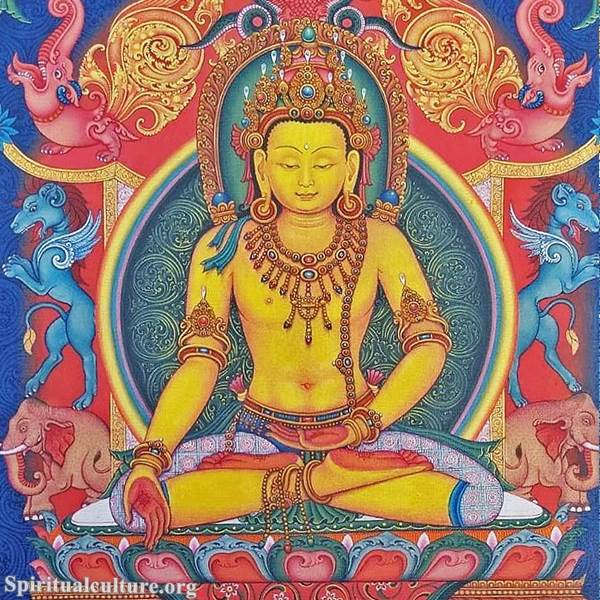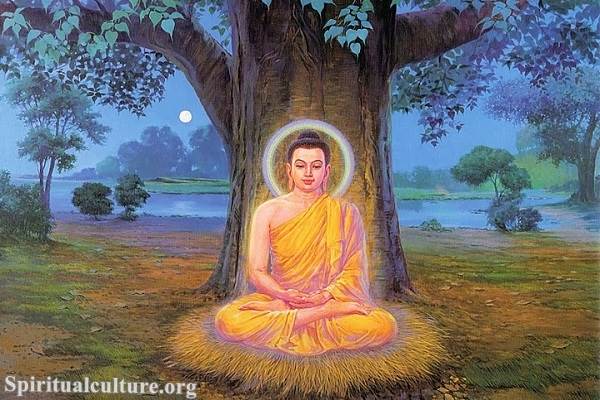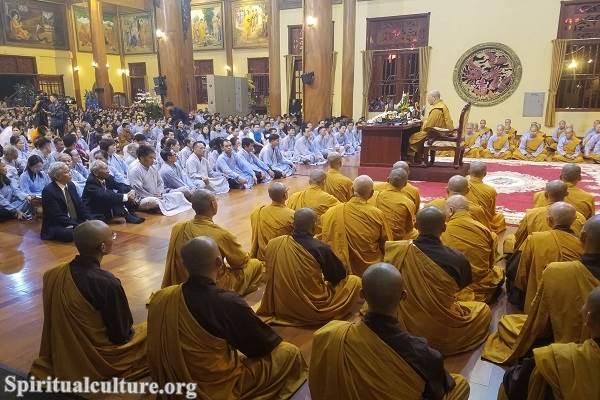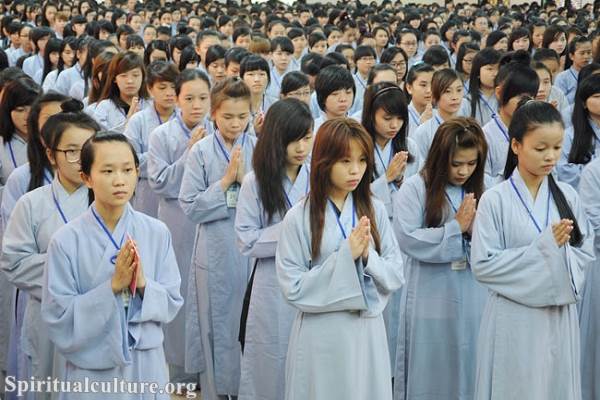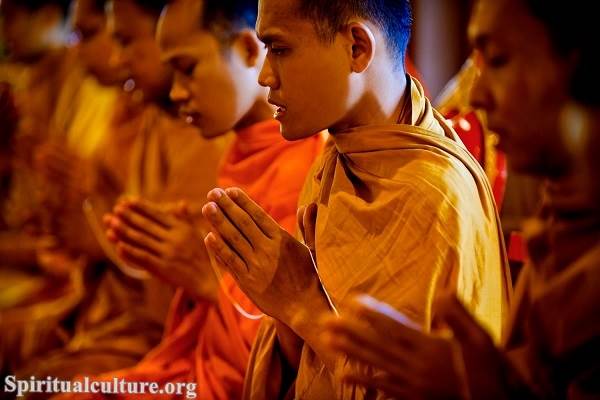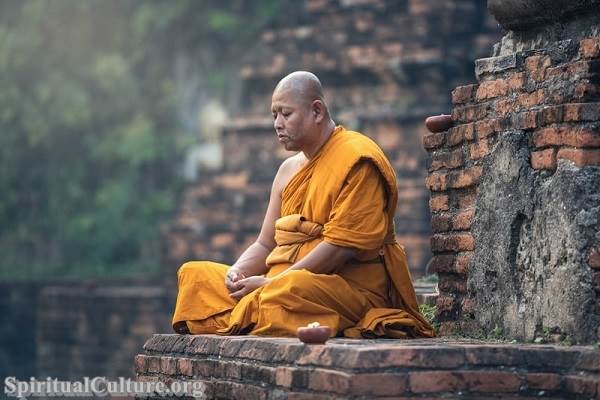The role of women in modern Buddhism is a reflection of both ancient teachings and evolving societal values. As we journey into this topic, we uncover a rich tapestry of devotion, resilience, and renewal. From the Buddha’s time to the present day, women have walked the path toward awakening, often in silence, often in strength. Today, their voices grow louder, their presence more visible, and their questions more urgent.
In this article, Spiritual Culture invites you to reflect deeply on the sacred role of women in Buddhism today. We will explore their contributions, struggles, and spiritual agency across various traditions—Theravāda, Mahāyāna, and Vajrayāna. We’ll consider both the limitations inherited from patriarchal history and the empowering truths of the Dharma that transcend gender.
What does it mean for a woman to be a Buddhist in today’s world? How are monastic opportunities expanding? What spiritual leadership do women offer—and what obstacles remain? Through sacred texts, living examples, and honest reflection, we seek not just knowledge, but understanding.
The Buddha’s Radical Inclusion of Women
Breaking Cultural Norms in Ancient India
When Siddhārtha Gautama allowed the ordination of women—establishing the Bhikkhunī Sangha—it was revolutionary. In a society where women’s spiritual capacity was often dismissed, the Buddha affirmed that women, like men, could reach enlightenment (Nirvāṇa). This decision, though not without its conditions, opened the door to liberation for half the population.
One of the early female disciples, Mahāpajāpatī Gotamī (the Buddha’s aunt and foster mother), became the first ordained nun. Alongside her, the Therīgāthā—poems composed by early Buddhist nuns—attest to the depth of women’s wisdom, renunciation, and realization.
“With shaven head, wrapt in the outer robe,
I took my begging bowl and went on my rounds.
…Now I am free—freed from three crooked things:
My mortar, my pestle, and my crooked husband.”
— Therīgāthā, verse 11.1
These verses reveal both personal liberation and social commentary—offering a voice to women often silenced in religious history.
Historical Challenges and Monastic Decline
The Erosion of the Bhikkhunī Lineage
Despite the Buddha’s foundational inclusion of women, the institutional structures of many Buddhist traditions saw the decline—and at times extinction—of full ordination for women. In Theravāda Buddhism, especially in countries like Thailand and Sri Lanka, the Bhikkhunī lineage disappeared for centuries.
This loss was not due to spiritual doctrine, but historical and political shifts, including war, colonization, and patriarchal interpretation of monastic codes (Vinaya). In contrast, Tibetan Vajrayāna Buddhism never fully established a parallel Bhikkhunī lineage, though it fostered other forms of female renunciant life (such as ani or yoginis).
Limited Opportunities, Deep Commitment
Where full ordination was unavailable, women pursued alternative paths: as lay teachers, retreat leaders, and devoted practitioners. Even without formal recognition, their spiritual contributions shaped communities profoundly. However, inequality in resources, education, and recognition persisted.
Resurgence and Reform in the Modern Era
Reviving the Bhikkhunī Sangha
In recent decades, global efforts—particularly among Theravāda women—have reignited the movement to restore full ordination. In 1996, a pivotal moment occurred when a group of Sri Lankan women received full Bhikkhunī ordination in Sarnath, India, with the support of Mahāyāna nuns from Korea.
Today, countries like Sri Lanka, Thailand (unofficially), and even Indonesia are witnessing a quiet renaissance of the Bhikkhunī Sangha.
“A Bhikkhunī may now walk with dignity, her robe a symbol of wisdom, not disobedience.”
— Dhammananda Bhikkhuni, Thailand’s first fully ordained Theravāda nun
Global Sanghas, New Voices
Modern Buddhist women are not just reclaiming monastic life—they’re redefining what it means to practice in everyday life. Across Asia, the Americas, and Europe, women serve as:
- Dharma teachers and retreat leaders
- Translators of sacred texts
- Social activists and peacebuilders
- Buddhist chaplains in hospitals and prisons
- Academic scholars of Buddhist philosophy
In the West especially, figures like Pema Chödrön, Jetsunma Tenzin Palmo, and Joan Halifax Roshi have become iconic in bridging traditional wisdom with modern spiritual hunger.
Gender, Dharma, and Awakening
Is Enlightenment Gendered?
One of the profound insights of Buddhism is that the Dharma is universal—it applies to all beings, regardless of gender. The Lotus Sūtra (Mahāyāna) even recounts the story of the Dragon King’s daughter attaining Buddhahood, challenging notions of male-only enlightenment.
“With wisdom beyond the world,
she turned the wheel of Dharma,
revealing that no being is less than sacred.”
Similarly, the Vajrayāna tradition often embraces female Buddhas (dākinīs, Tārās, Yoginīs) as embodiments of wisdom (prajñā), reminding us that ultimate truth transcends form.
Yet, the outer structures of Buddhist institutions have not always reflected this inner truth.
Gender Equality vs. Spiritual Equality
A woman may be spiritually equal—and yet socially constrained. This paradox continues in many Buddhist communities today. While teachings affirm universal Buddha-nature, institutional roles and rules still often lag behind.
The question then arises: How can modern Buddhism live up to its own liberating vision?
The Rise of Feminist Buddhism
A Voice from Within, Not Against
Feminist Buddhism does not reject the Dharma—it seeks to reclaim it. Practitioners and scholars alike are re-reading texts, re-interpreting symbols, and challenging misogynistic assumptions embedded in tradition.
This includes:
- Re-examining Vinaya rules imposed more strictly on nuns
- Questioning karmic interpretations used to justify women’s suffering
- Unearthing lost voices of ancient Buddhist women
- Writing new rituals, prayers, and commentaries centered on feminine experience
Sacred Anger, Compassionate Change
This movement is not angry for its own sake. It is rooted in compassion—for both women and men, for sanghas weighed down by inequality, and for a tradition whose truest expression is freedom from clinging, including clinging to patriarchy.
Women as Spiritual Catalysts Today
Serving Beyond the Temple Walls
Modern Buddhist women are at the forefront of engaged Buddhism—addressing suffering not just in meditation halls, but in refugee camps, climate marches, counseling rooms, and online sanghas.
Their compassion often takes tangible form:
- Counseling victims of domestic abuse
- Promoting mindful childbirth and parenting
- Supporting inmates through prison chaplaincy
- Creating Buddhist spaces inclusive of LGBTQ+ identities
- Advocating for environmental ethics rooted in interdependence
Inner Strength, Outer Transformation
Many women discover that Buddhist practice becomes a refuge, not from the world, but for the world. In the face of burnout, trauma, or marginalization, the path of mindfulness, compassion, and insight helps reclaim inner authority.
In this, modern Buddhist women are not merely participants—they are torchbearers.
Reflect and Reimagine
The role of women in modern Buddhism is no longer a question of potential—it is a reality being lived, expanded, and embodied across the globe. From monastic revivals to grassroots activism, from ancient poetry to digital dharma talks, women are shaping the present and future of the Buddha’s teachings.
Yet this is not only a “women’s issue.” It’s a call for all practitioners to revisit the heart of the Dharma—where no self, no status, no gender defines the soul’s worth. As Spiritual Culture, we invite you to:
- Support the inclusion of women’s voices in your own sangha
- Read and share the teachings of female Buddhist teachers
- Question where traditions may conceal outdated biases
- Reflect on the balance of prajñā (wisdom) and karuṇā (compassion), often embodied in the feminine
- And remember: the path to awakening begins with seeing clearly—including the structures that cloud our view
Let us honor not only the women who practice the Dharma—but the Dharma that lives through them. In doing so, we glimpse a more awakened world.
“The lotus blooms in muddy water.
So too, does wisdom arise through hardship.
And in the quiet footsteps of women on the Path,
the world is silently transformed.”
